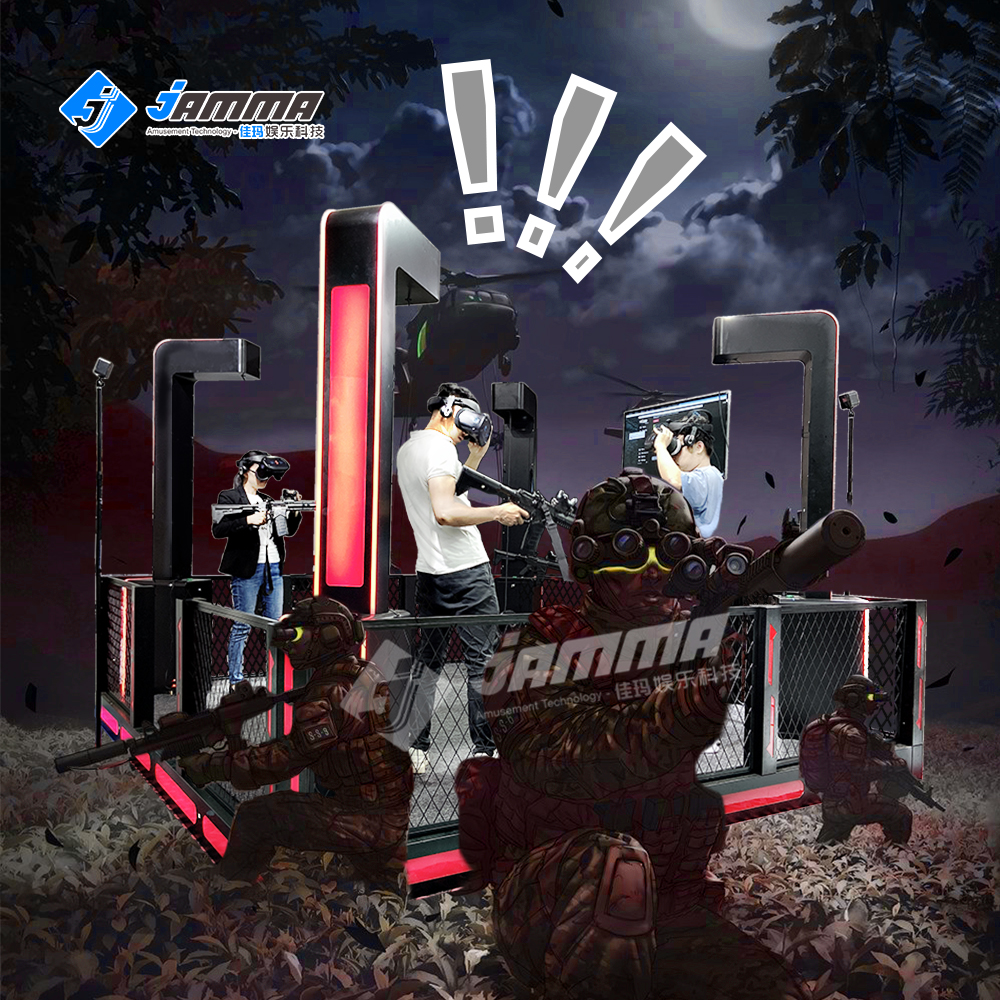Mastering Precision: The Dynamics of VR Shooting Simulators
For marksmanship enthusiasts and competitive shooters alike, the allure of vr shooting simulator system components is undeniable. These captivating experiences transcend traditional target practice, transporting users into hyper-realistic environments where they can hone their skills, compete with friends, and experience the thrill of the shot in a safe and controlled setting. But navigating the world of VR shooting simulators can feel like navigating a challenging marksmanship course – full of choices and potential uncertainties. Fear not, fellow sharpshooters! This guide delves into the intricacies of these systems, exploring options, costs, and tips to help you find the best shooting simulator supplier for your needs.
What Makes a VR Shooting Simulator Tick? Unveiling the Key Components
At their core, VR shooting simulators comprise several key elements:
- Head-Mounted Display (HMD): This high-tech device creates the immersive visual experience, showcasing realistic environments and targets in real-time.
- Motion Tracking System: This technology tracks your physical movements, replicating your body position and aiming within the virtual environment.
- Weapon Replica: Depending on the system, users may hold realistic-feeling firearm replicas equipped with sensors that translate trigger pulls and reloads into the virtual world.
- Software Platform: Sophisticated software drives the simulation, generating scenarios, scoring performance, and offering various game modes and training exercises.
Beyond the Basics: Unveiling Advanced Indoor Shooting Simulation Game Solutions
For the truly discerning shooter, advanced features can elevate the experience:
- Haptic Feedback: Feel the recoil of your virtual weapon, adding an extra layer of realism and immersion to your practice.
- Multiplayer Functionality: Compete with friends or family online, transforming practice sessions into thrilling virtual competitions.
- Scenario Creator Tools: Design your own training challenges or replicate real-world situations for targeted skill development.
- Ballistics Simulation: Advanced systems track bullet trajectory and impact based on wind, distance, and weapon specifications, offering realistic shooting dynamics.


Finding Your Perfect Target: How to Choose the Best Shooting Simulator Supplier
With a plethora of suppliers vying for your attention, careful selection is crucial. Consider these factors:
- Reputation and experience: Seek out established companies with a proven track record of delivering high-quality VR shooting simulators.
- Technology and features: Ensure the offered systems align with your budget and desired functionality.
- Customer service: Responsive communication and ongoing support are vital for a smooth ownership experience.
- Safety and liability considerations: Choose a supplier that prioritizes user safety and provides clear guidelines for responsible use.
Unveiling the Price Tag: Exploring Shooting Simulator Production Prices
Naturally, shooting simulator production prices vary depending on several factors:
- Technology level: Advanced features like haptic feedback or complex ballistics simulation command higher prices.
- Brand and reputation: Established brands may cost more than emerging competitors.
- Number of simulators: Purchasing multiple units often qualifies for bulk discounts.
- Space requirements: Complex setups with expansive tracking areas might entail higher installation costs.
Remember, investing in a quality simulator is an investment in your enjoyment, skill development, and potentially, even safety training. Prioritize quality and features over immediate savings for a rewarding long-term experience.
Frequently Asked Questions about VR Shooting Simulators:
- What is the minimum space required for a VR shooting simulator? Space requirements vary depending on the system, but generally allow for a safe firing range and freedom of movement.
- Do I need professional installation? While some systems are DIY-friendly, complex setups might benefit from professional installation for optimal performance and safety.
- What are the ongoing costs associated with owning a VR shooting simulator? Consider potential software updates, maintenance of haptic feedback systems, or replacement parts for wear and tear.
- Can I try out a VR shooting simulator before buying? Many suppliers offer demo opportunities or partner with entertainment venues that have simulators available for testing.
The thrill of the shot, the challenge of competition, and the satisfaction of honing your skills – VR shooting simulators offer a captivating blend of these elements. By understanding the key components, exploring advanced features, and choosing the right supplier, you can find the perfect system to elevate your shooting experience, rain or shine. So, grab your virtual weapon, step into the immersive world of VR, and prepare to unleash your inner sharpshooter!

